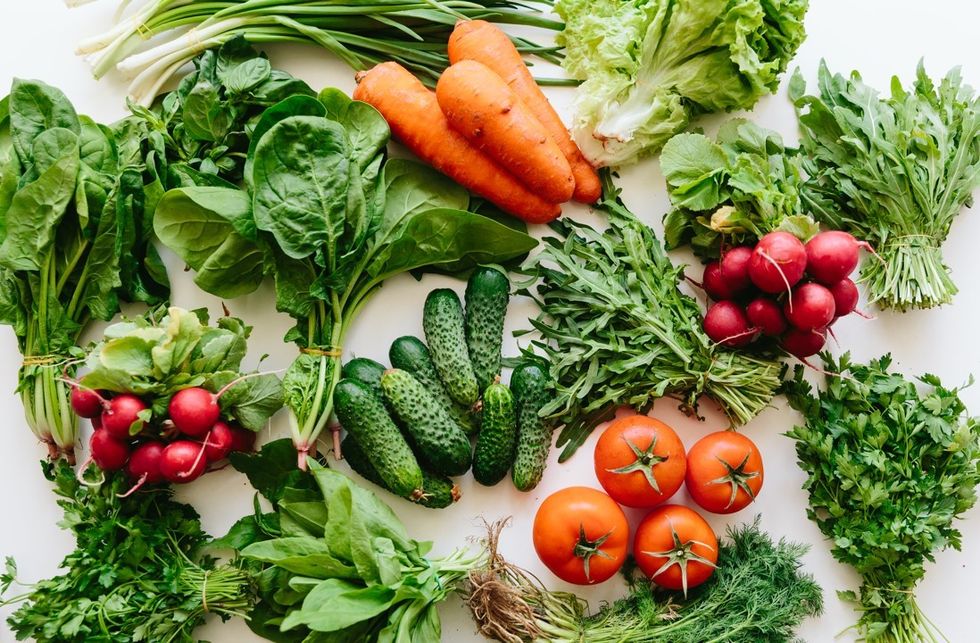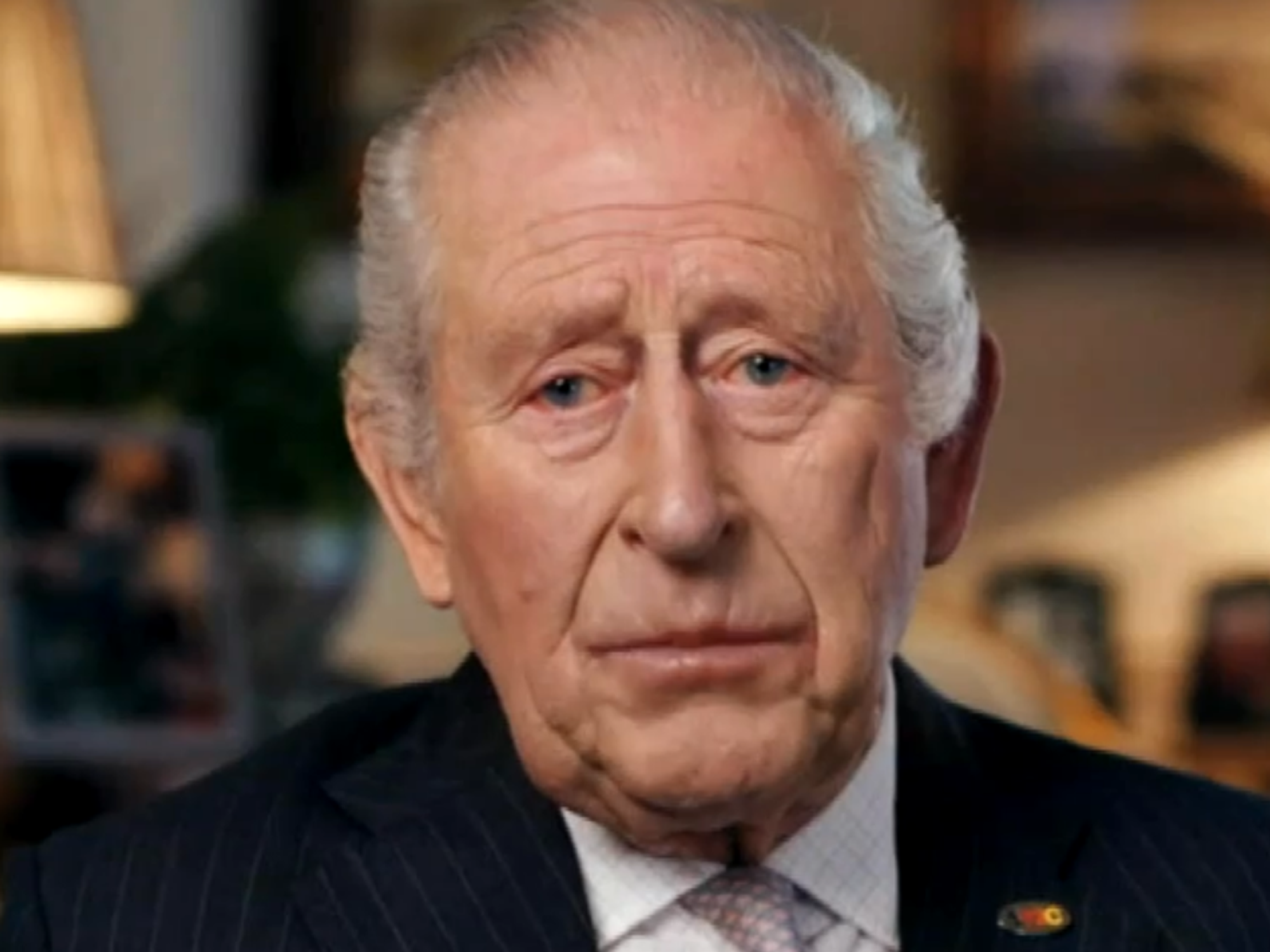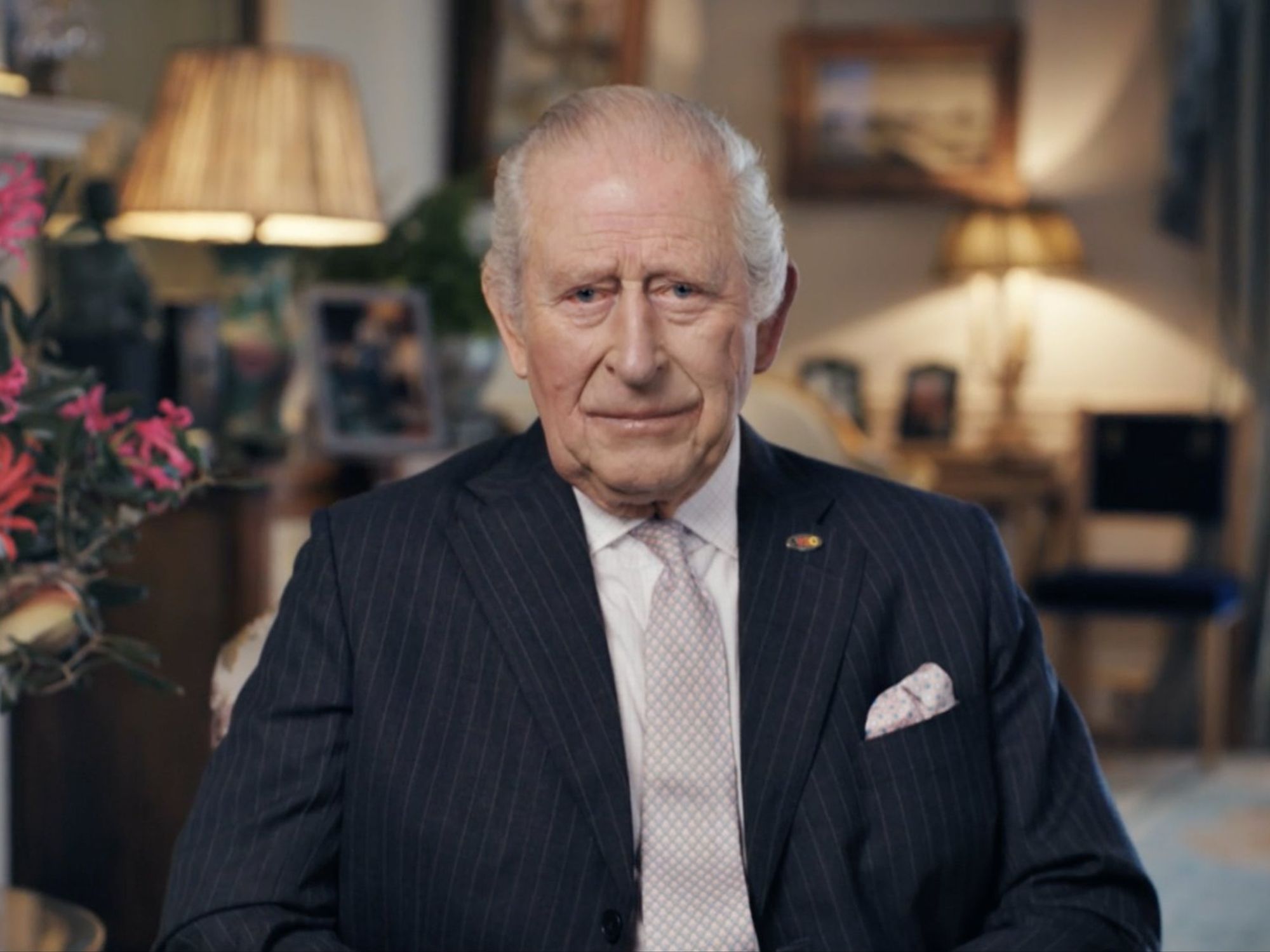Weight loss: 'I use a food pairing hack to stop my body storing fat - it's made a huge difference'

A content creator has shared four science-backed methods that offer practical ways to regulate blood sugar and reduce fat storage throughout the day
Don't Miss
Most Read
Latest
While many associate fat storage with calorie intake, blood sugar levels play a crucial role in how our bodies store fat.
When blood sugar levels rise, the body converts excess glucose into fat stores, which creates a challenging cycle, as explained by health enthusiast Donna Trana.
She noted: "You eat carbohydrates, your blood sugar increases, this increases insulin secretion, which increases fat storage, which leads to low blood sugar, resulting in low energy, triggering a carbohydrate craving."
However, by implementing post-meal walks, pre-meal vinegar consumption, strategic food pairing, and proper meal sequencing, individuals can better manage their glucose levels.

Donna says the hacks have proven highly effective for her
|TIKTOK
Donna explained that one easy way to prevent fat storage is by taking a 10-minute walk after meals—a tip she learned from the Glucose Goddess.
"Essentially the movement allows for your muscles to soak up all that glucose," explained Donna.
Research from UCLA supports this approach, indicating that the beneficial effects of post-meal walking can be observed during a 60 to 90-minute window after eating.
The second method involves consuming diluted vinegar before meals.
"Have one tablespoon diluted in vinegar about 10 minutes before you eat," advised Donna. "Vinegar does this the same thing that a walk does and it encourages your muscles to soak up all the glucose. But it also tells your mitochondria to burn more fat for fuel."
A 2010 study found that 10 grams of vinegar reduced blood sugar levels by approximately 20 per cent after meals.
The third approach involves strategic food pairing.
"The next hack, and what I've noticed has made the biggest difference for me, is pairing a carbohydrate with fibre, healthy fats or proteins," explained Donna.
The Joslin Diabetes Center explains that these pairings help slow down carbohydrate digestion and delay absorption into the blood, preventing glucose spikes after eating.
LATEST DEVELOPMENTS:

Eating fibre at the beginning of a meal helps mitigate blood sugar spikes
|GETTY
The final method focuses on meal sequencing. Donna recommended: "Start with a fibrous vegetable first.
"This will mitigate the spike from those starchy sources."
This approach is supported by scientific evidence, with researchers writing in the journal Foods in 2022 that viscous dietary fibre can reduce the glycaemic response from carbohydrate-rich foods.
Following all four methods can help regulate blood sugar and minimise fat storage throughout the day, but they may not lead to weight loss for everyone.










